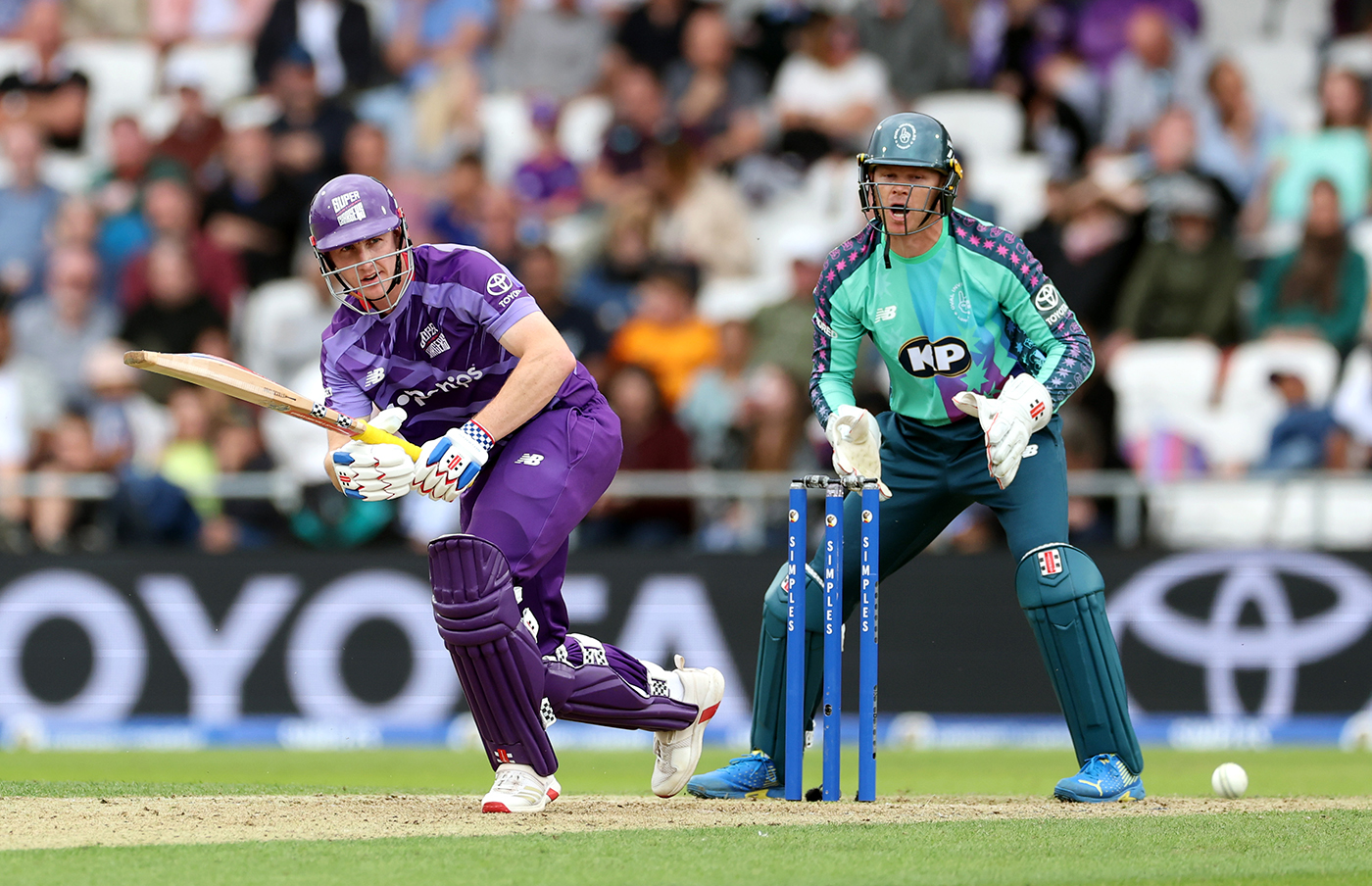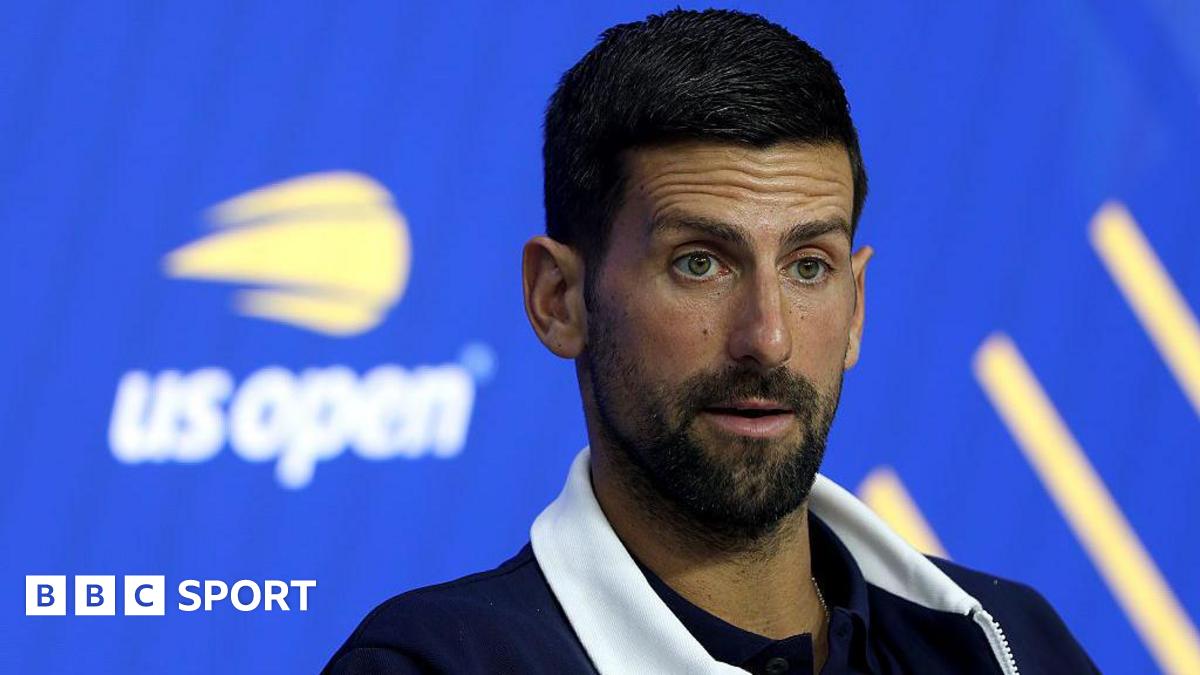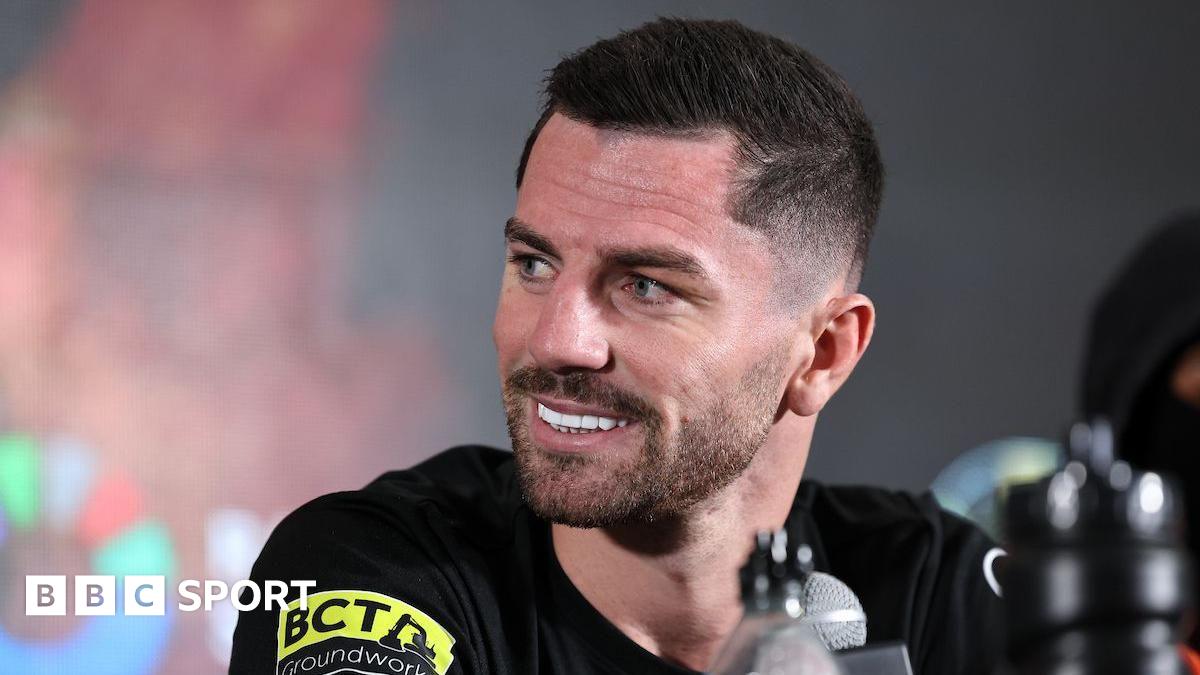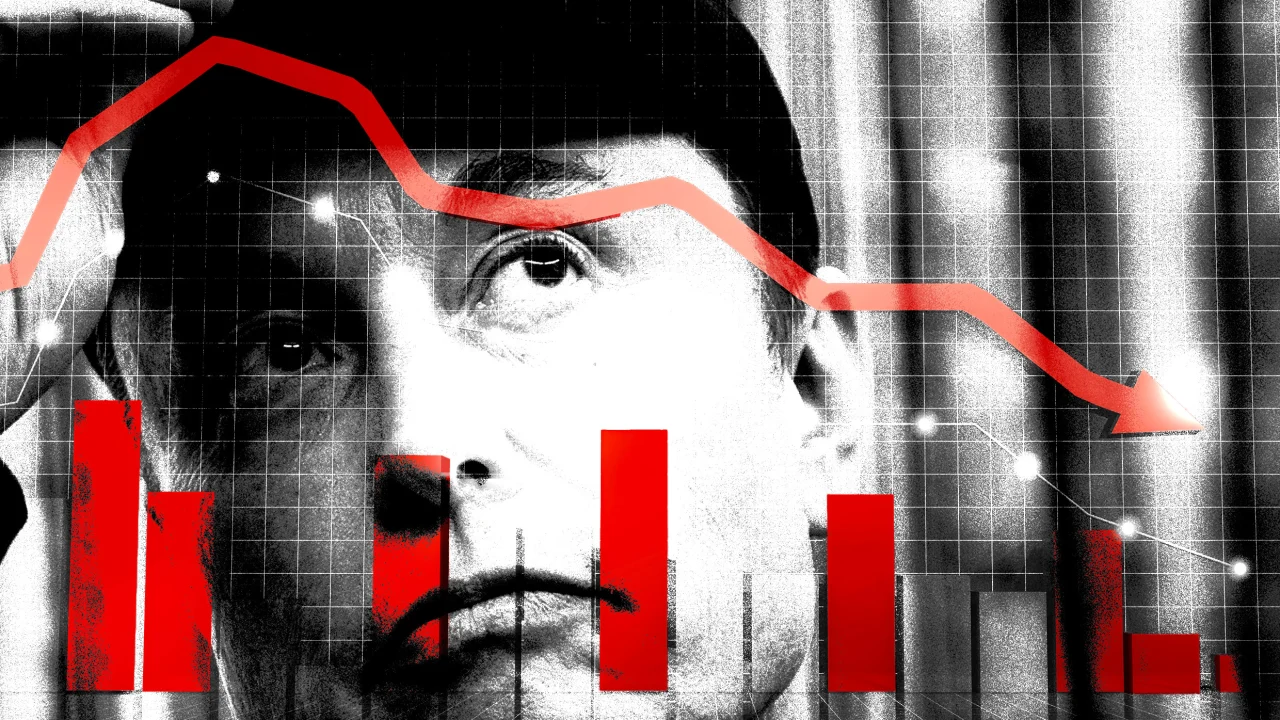7 Real-World Examples of Vendor Management to Inspire Your Strategy

Vendor management plays an essential role in enhancing procurement strategies, and several companies exemplify effective practices. For instance, BMW Group aligns its suppliers with sustainability standards, whereas Unilever focuses on human rights within its supply chain. Walmart uses advanced analytics to improve efficiencies, and Amazon applies AI for inventory management. Each of these approaches reveals key insights that can inform your own vendor management strategy. Let’s explore these examples in detail to uncover valuable lessons.
Key Takeaways

- BMW Group employs vendor management governance, conducting sustainability assessments to ensure responsible sourcing and supplier alignment with ethical standards.
- Unilever enforces sustainability through its Responsible Partner Policy, enhancing brand reputation by collaborating with suppliers who share their sustainability values.
- Walmart optimizes supply chain operations using data analytics for demand forecasting and vendor-managed inventory, improving efficiency and reducing excess inventory.
- Toyota’s lean manufacturing practices, rooted in the Toyota Production System, emphasize minimizing waste and fostering strong supplier relationships for timely deliveries.
- Johnson & Johnson utilizes data-driven decisions and centralized management to strengthen supplier partnerships and enhance supply chain resilience during crises.
BMW Group: Driving Innovation and Sustainability in Procurement

With regard to integrating innovation and sustainability into procurement, BMW Group stands out as a leading example. The company employs vendor management governance that guarantees responsible sourcing and transparency within its supply chains.
By conducting thorough sustainability assessments of suppliers through questionnaires and audits, BMW exemplifies vendor management best practices. In 2023, their strategic procurement approach led to a record operating result of 18.4 billion euros, demonstrating the financial benefits of sustainable practices.
BMW additionally utilizes vendor tools to promote innovation, collaborating closely with suppliers to align on sustainability goals and ethical standards. This proactive stance improves risk management and compliance with environmental regulations, ultimately driving a sustainable and resilient procurement strategy that benefits both the company and its partners.
Walmart: Mastering Supply Chain Efficiency

Walmart stands out in the retail industry for its mastery of supply chain efficiency, which is fundamental to its business model. The company employs an advanced supply chain management system that optimizes operations and improves procurement efficiency, allowing you to enjoy low prices.
By utilizing data analytics, Walmart accurately forecasts demand, reducing excess inventory and ensuring product availability. One of the most effective vendor management examples is its vendor-managed inventory system, enabling suppliers to control inventory levels as it minimizes costs.
In 2023, Walmart partnered with platforms like Bamboo Rose to transform procurement processes, improving collaboration with suppliers. This focus on supply chain efficiency contributes to low operational costs, driving sales and maintaining Walmart’s competitive edge in the retail market.
Unilever: Commitment to Sustainability and Responsible Sourcing

Unilever’s commitment to sustainability is evident in its sustainable procurement practices, which focus on reducing emissions and plastic pollution.
By collaborating with suppliers who share its values, Unilever improves responsible sourcing and guarantees compliance with its Responsible Partner Policy.
This approach not only fortifies partnerships but likewise drives innovation and effectiveness within its supply chain.
Sustainable Procurement Practices
As companies increasingly recognize the importance of sustainability, Unilever stands out for its robust commitment to sustainable procurement practices.
Their efforts focus on responsible sourcing and reducing environmental impact. Here are some key aspects of Unilever’s approach:
- Aims for net zero emissions by 2039, tackling climate change head-on.
- Invested €949 million in R&D to innovate sustainable materials.
- Collaborates with suppliers that share similar sustainability values.
- Implements a Responsible Partner Policy to enforce strict sustainability and human rights standards.
- Improves brand reputation during enhancing operational efficiency through sustainable practices.
Collaborating With Suppliers
Collaboration with suppliers is essential for achieving sustainability and responsible sourcing, especially in a company like Unilever that prioritizes these values.
Unilever’s procurement strategy aims for net zero emissions by 2039 and actively works to eliminate plastic pollution through responsible sourcing practices. By partnering with suppliers who share similar sustainability goals, Unilever cultivates environmental and social responsibility throughout its supply chain.
The Responsible Partner Policy sets stringent standards, ensuring suppliers comply with sustainability and human rights guidelines.
In 2023, Unilever invested €949 million in research and development, focusing on innovative sustainable sourcing and packaging solutions. This collaboration has additionally led to the protection of over 20,000 patents, reflecting Unilever’s commitment to innovation as it achieves shared sustainability objectives with its suppliers.
Coca-Cola: Fostering Supplier Diversity and Quality Assurance

Coca-Cola‘s commitment to spending at least $1 billion annually with diverse suppliers underscores its focus on inclusivity and economic equity.
By directing over 95% of its procurement spending to local suppliers, the company not just supports community economies but likewise guarantees high-quality standards are met.
Furthermore, Coca-Cola conducts annual performance screenings for critical suppliers, covering more than 90% of its total spend, to maintain compliance and quality assurance across its supply chain.
Diverse Supplier Commitment
Nurturing supplier diversity is essential for companies like Coca-Cola, which has committed to spending at least $1 billion annually with diverse suppliers. This strategy not only improves the company’s procurement practices but also supports local economies.
Here are key aspects of Coca-Cola’s diverse supplier commitment:
- Over 95% of procurement spending goes to local suppliers.
- Annual performance screenings cover more than 90% of total spend.
- Innovative solutions, like the Hug-IT paper sleeve, reduce plastic waste.
- Diverse suppliers contribute to improved quality and innovation.
- The focus on sustainability aligns with long-term business goals.
Quality Assurance Practices
Quality assurance practices play a crucial role in Coca-Cola’s overall procurement strategy, guaranteeing that products meet high standards as they promote supplier diversity. The company commits to spending at least $1 billion annually with diverse suppliers, nurturing inclusivity and economic growth in underserved communities.
To maintain quality, Coca-Cola conducts annual performance screenings for critical suppliers, covering over 90% of its procurement spending. They focus on building strong relationships with local partners, directing over 95% of their procurement budget toward them, which improves quality and reduces logistical costs.
Innovative solutions, like the Hug-IT paper sleeve, exemplify their dedication to sustainability and product quality. Continuous monitoring of supplier performance through established metrics further guarantees all products meet consumer expectations and regulatory requirements.
Amazon: Leveraging Technology for Procurement Success
![]()
As Amazon continues to redefine the environment of procurement, it leverages state-of-the-art technologies to streamline its operations and increase efficiency. By utilizing advanced tools, Amazon achieves significant results in its procurement processes, ensuring timely and cost-effective solutions.
- Cloud computing improves data management and accessibility.
- Robotics automate warehouse operations, reducing manual labor costs.
- Artificial intelligence enhances accuracy in inventory forecasting.
- Big data analytics enables precise demand predictions for better stock management.
- A vendor-managed inventory system optimizes supplier relationships and costs.
These innovations contribute to a remarkable 30-40% decrease in shipping expenses as well as allowing Amazon to negotiate discounted pricing through bulk purchasing, solidifying its competitive edge in the marketplace.
Johnson & Johnson: Digital Transformation in Supplier Relationships
Johnson & Johnson exemplifies how digital transformation can alter supplier relationships within procurement. By centralizing its procurement processes, the company improves supplier relationship management, encouraging collaboration and efficiency.
Advanced analytics play an essential role, allowing you to make data-driven decisions and effectively manage risks, which strengthens partnerships with suppliers. During the COVID-19 pandemic, Johnson & Johnson adapted its procurement strategy swiftly, ensuring supply chain resilience and demonstrating agility in vendor management.
The company’s focus on strategic sourcing has likewise improved procurement effectiveness, enabling you to build stronger connections with suppliers. Overall, its emphasis on digital tools and centralized management streamlines operations, finally improving collaboration and enhancing overall efficiency in procurement practices.
Toyota: Lean Manufacturing and Just-in-Time Procurement Practices

Toyota’s procurement strategy stands out due to its foundation in the Toyota Production System (TPS), which emphasizes lean manufacturing and just-in-time (JIT) practices.
By adopting these principles, you can learn how to minimize waste and improve efficiency in your operations.
- Toyota cultivates diverse and resilient supplier relationships for timely component delivery.
- The JIT approach greatly reduces inventory costs, leading to lower operational expenses.
- They offer expertise and support to suppliers, encouraging collaboration and innovation.
- Toyota’s adaptability has improved resilience against supply chain crises.
- This proactive management helps maintain Toyota’s competitive edge in the automotive market.
Frequently Asked Questions
What Is an Example of Procurement in Real Life?
An example of procurement in real life is Walmart’s use of advanced supply chain management systems.
By leveraging data analytics, you can forecast demand more accurately, optimizing your procurement efficiency and minimizing excess inventory. This approach not only streamlines operations but additionally improves cost-effectiveness.
Such strategies enable companies like Walmart to better meet customer needs as well as maintaining a competitive edge in the marketplace, showcasing the importance of effective procurement practices.
Can You Describe Your Experience With Vendor Management and How You Maintain Relationships With Suppliers?
In your experience with vendor management, maintaining strong relationships starts with clear communication.
You should regularly evaluate performance and provide constructive feedback. Proactively addressing concerns and guaranteeing timely payments show your commitment to partnership.
Moreover, using procurement management software can help you streamline interactions and track contract performance effectively.
Conducting thorough due diligence during the selection process is crucial, as it guarantees reliable suppliers align with your corporate values and objectives.
What Is an Example of Strategic Purchasing?
An example of strategic purchasing is Walmart’s approach to optimizing inventory through advanced data analytics.
By analyzing demand patterns, Walmart effectively forecasts needs, which helps reduce excess stock and associated costs. This strategy not only improves supply chain efficiency but additionally aligns procurement activities with business objectives, ensuring resources are allocated effectively.
How to Manage Vendor Management?
To manage vendor relationships effectively, start by selecting reliable vendors aligned with your business goals.
Establish clear expectations through detailed contracts, which help mitigate risks.
Regularly evaluate their performance against defined metrics, providing constructive feedback to promote improvement.
Utilize technology to streamline processes, reducing errors and enhancing efficiency.
Maintain proactive communication to build trust and adapt to changes swiftly, ensuring that both parties can capitalize on growth opportunities together.
Conclusion
Incorporating effective vendor management strategies can greatly improve your procurement processes. By examining companies like BMW Group and Unilever, you can adopt best practices that prioritize sustainability and ethical sourcing. Walmart’s use of analytics and Amazon’s technological advancements demonstrate the importance of efficiency in operations. Moreover, lessons from Johnson & Johnson and Toyota highlight the value of agility and lean practices. By promoting collaboration with suppliers, you can drive innovation and maintain a competitive edge in your market.
Image Via Envato
This article, "7 Real-World Examples of Vendor Management to Inspire Your Strategy" was first published on Small Business Trends
What's Your Reaction?
 Like
0
Like
0
 Dislike
0
Dislike
0
 Love
0
Love
0
 Funny
0
Funny
0
 Angry
0
Angry
0
 Sad
0
Sad
0
 Wow
0
Wow
0




























































































